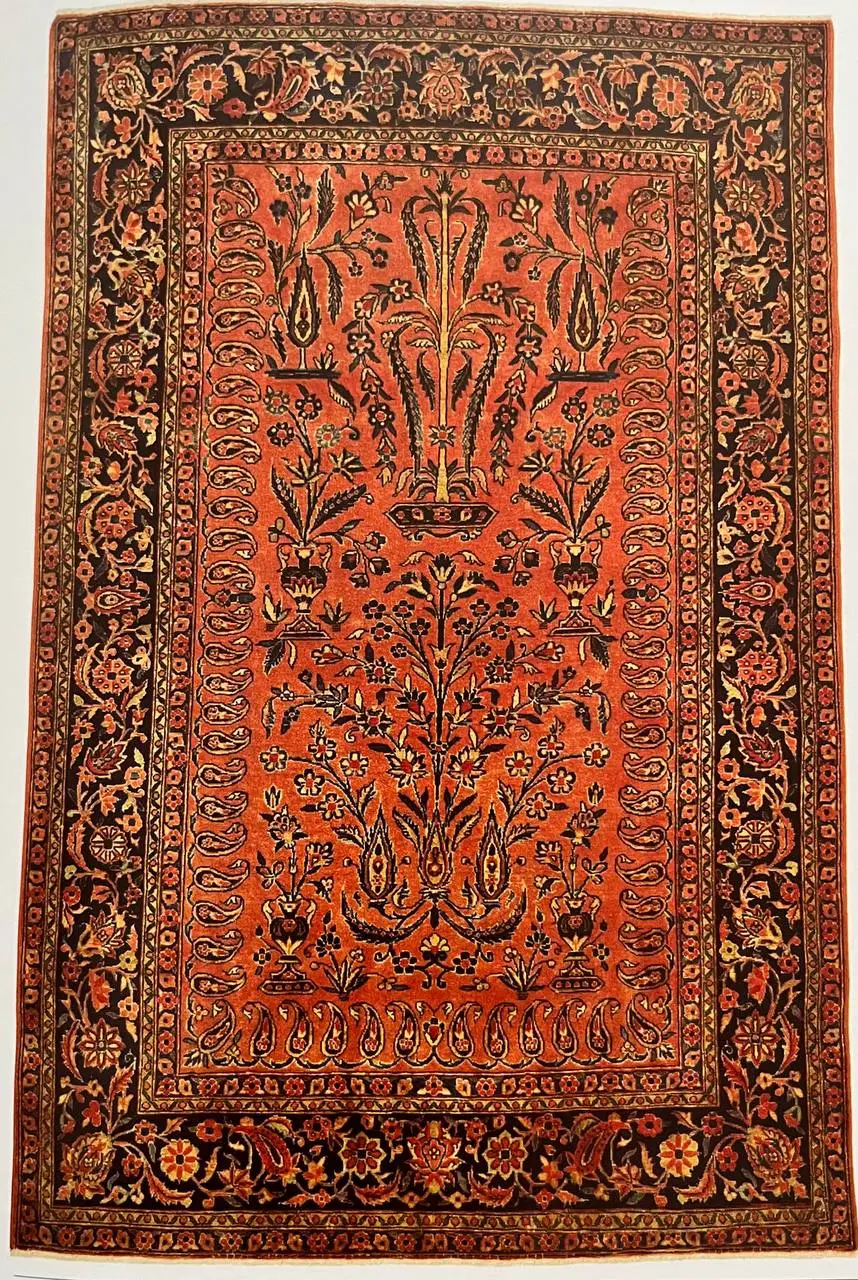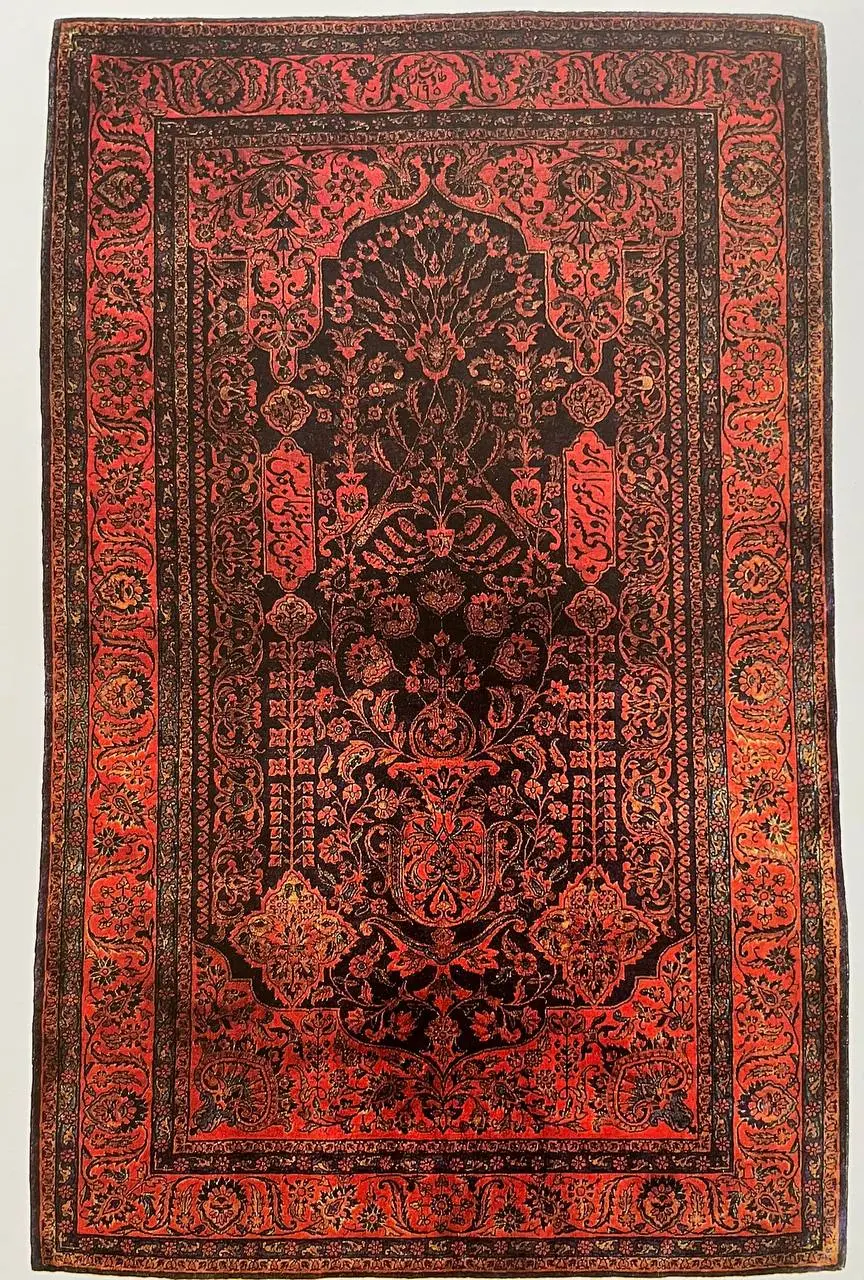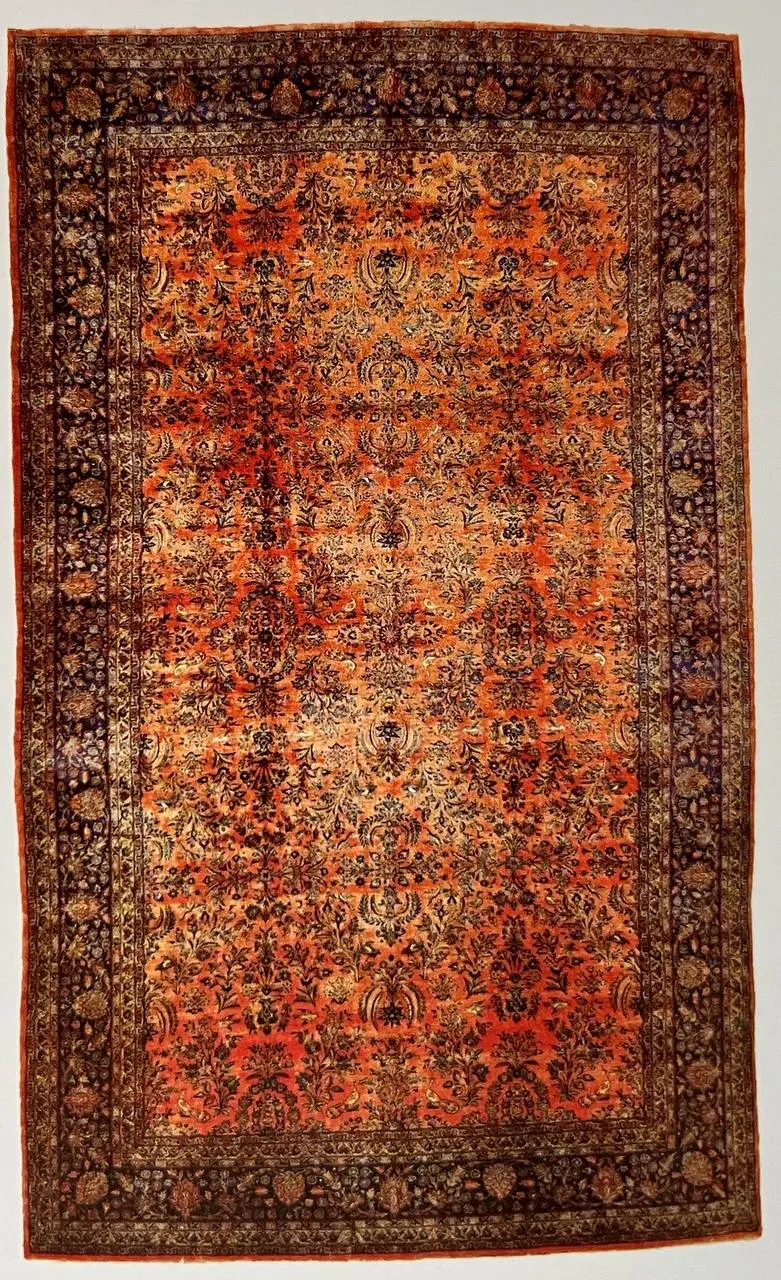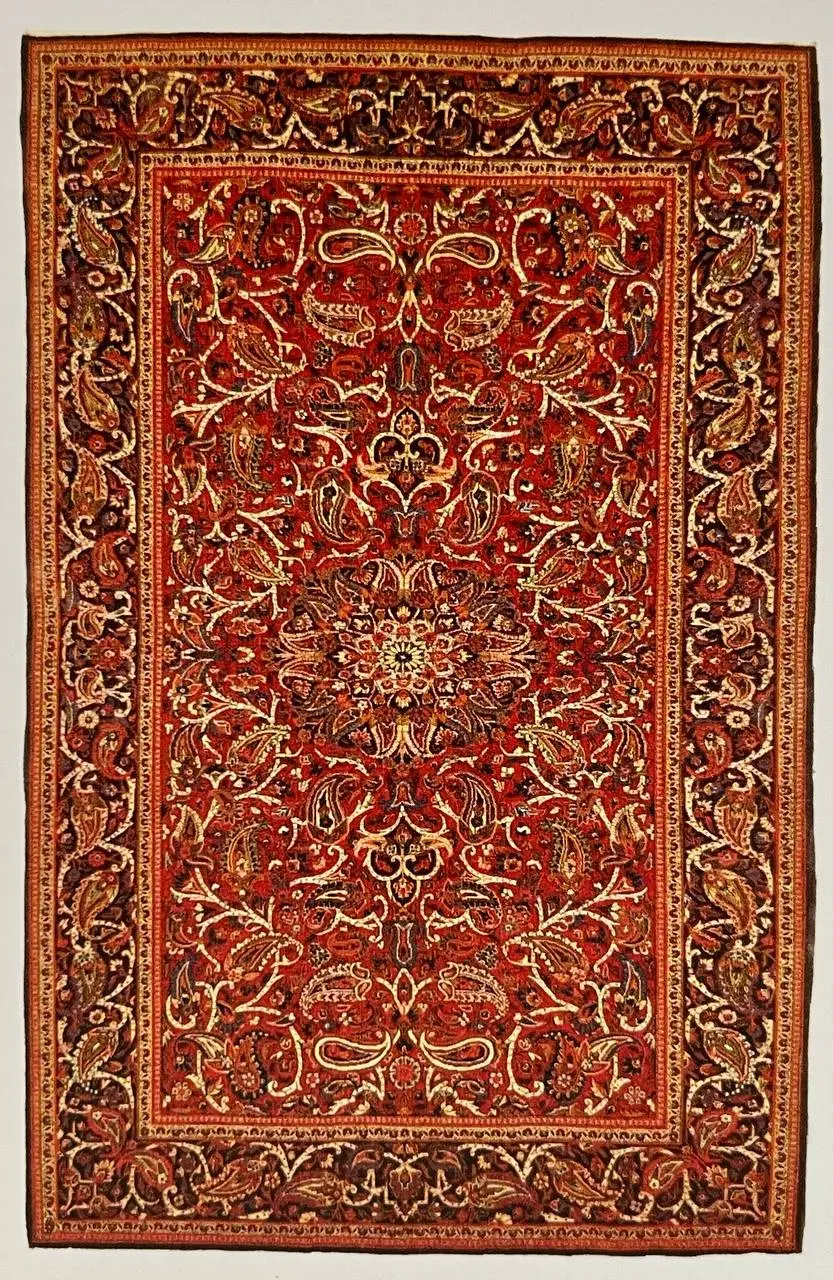The city Kashan during Qajar era
The Safavid kings left behind a rather stable social structure that endured for many years and under the reigns of succeeding rulers, despite the government’s disastrous outcome. Persian rug The monarchs of the Qajar dynasty attempted to preserve the Safavid-era social structure at the start of their rule, but a number of problems made this impossible: The city Kashan during Qajar era
First, the Qajar rulers lacked the power, clout, and occasionally practicality that were particularly common in the early Safavid era with regard to social institutions.
Second, the presence and influence of children or families connected to the government, who not only gained their positions through bribery and dishonesty but also attempted to rule their subordinates in a similar manner, were primarily responsible for the pervasive corruption in the nation’s administrative system. The city Kashan during Qajar era

The book “Iran during the Qajar Dynasty” states:
The majority of jobs and posts were actually up for auction, and anybody who prepared the required paperwork and offered more money to the prime minister and, via him, to the Shah’s personal assistants might get the job they wanted. Silk carpet By infringing on the property of the people, every minister or high-ranking government official who assumed office as previously said received more than he had contributed. The city Kashan during Qajar era
It goes without saying that this approach generated a great deal of hardship and powerlessness for the populace. In some manner, every job and position was awarded to those who paid more, and they also had to get their salary and perks from their headquarters.
*Click on the opposite link to see precious Iranian handmade and machine combined silk carpets*
“The rulers or governors (ilbegi), who were typically nobles (in the big cities of the Biglerbegi) and directly dependent on the government, held several positions, including sheriffs, in a way appointed by the government, some of whom had such power that they could always keep the people in fear,” according to Dutch expert and researcher Willem Flore. The city Kashan during Qajar era

Through the Nazmiyeh and the police (patrols) and the Asas (guards), the police officers, who were under the ruler’s (Biglerbegi) control, carried out their duties. One of these groups’ areas of oversight was pricing and monitoring, which was more of an indictment against them than a service to the public. The city Kashan during Qajar era
Most of the late 19th century manuscripts indicate that the policemen made a living through violence and money.
Even though the government had courts that appeared to be non-Islamic, the majority of the rulings in cases involving the public’s grievances and lawsuits were based on the views of the clergy and Islamic law, even though the positions of the clergy or holy sites were typically places of refuge for the populace. However, they were occasionally unable to alter or reconstruct the political structure and power bases because of their ties to the administration.
Votes were typically cast in favor of those with influence and authority and against the lower classes, particularly non-Muslim populations, in numerous grievances and disputes pertaining to financial matters and persecution. The animosity and discontent of local ethnicities and minorities with the oppressive rule of the ruling family, who were often reliant on the corrupt ruling family and always handled their business by compulsion and power, should be added to the aforementioned arguments. The city Kashan during Qajar era
Tribal monarchy returned and the central government weakened as a result of this circumstance, which was essentially a barrier to any national authority and unity. In order to pay for the high costs of the court and its dependents, positions and jobs that should really serve and assist the people were put up for auction as a result of the expansion of this enormous and lengthy machinery.
As a result, guilds, merchants, and common people all made an effort to safeguard the security and interests of their profession, even if doing so came at a hefty cost.
During the Qajar period, Iran’s contacts with other nations were growing, and individuals visited the country as agents, diplomats, and tourists. They occasionally left behind writings about Iran that reflected their objectives.
“Among the foreigners who came to Iran primarily for economic purposes, in addition to the resources and reserves they obtained under the pretext of exploration and extraction, they began to import industrial goods similar to those produced in Iran,” according to research on the socioeconomic conditions of Iran during the Qajar era. This had a disastrous effect on the national economy, particularly for traditional products.
The two neighbors, Russia and England, imported low-cost textiles and goods to markets where conventional products were steadily losing market share because to their lack of competitiveness. They did this mostly through India and the East India Company. The city Kashan during Qajar era
In addition to the advantages they obtained in this manner, foreign nations even used coercion, threats, and enticements to influence the government’s plans and choices by exploiting the state leaders’ weakness, ignorance, and avarice. The luxury of enjoying the degrading prerogative of submission that these nations had attained while operating under the shadow of their dominance should also be included.
According to other parts of the same study: “The late Fath Ali Shah and Nasser al-Din Shah periods saw the worst of Iran’s social crisis, particularly following the assassination of the wise and kind minister Amir Kabir, who during his presidency stood firmly against the excesses of foreigners and the illegitimate uses of courtiers and had made it his mission to lessen problems and promote societal development and awareness.

Social conditions of Kashan during the Qajar era
Despite its capacity for self-sufficiency, Kashan was close to the widespread social insecurity of the Qajar era, just as many other cities. Additionally, Kashan experienced a number of natural catastrophes, including a flood in 1283 AH, an earthquake, drought, and hunger in 1232 AH. It never had any chance of getting government assistance during these incidents. The city Kashan during Qajar era
Large numbers of individuals were compelled to leave Kashan as a result, whether they wished to or not. Because of this, this problem was not new and had occurred frequently in this area. Kashan was not excluded from other social processes that took place in society at large as it worked to restore its working, production, and economic conditions.
Numerous young individuals, those deployed overseas, and those attempting to acquire more education and expertise were among them. People from Kashan who returned to Kashan with fresh ideas or who served in prominent government posts and made significant contributions.
In this context, it is important to highlight one of Kashan’s social traits that contributed significantly to the vibrant and dynamic society of that area: tolerance and adaptability to diverse ideas and beliefs. As a result, the peaceful coexistence of other ethnic minorities in Kashan society was considered normal.

According to sociology, one of the main causes of Kashan’s continuous improvement in health and the growth of employment and production in this city was unquestionably a certain amount of tolerance (apart from in exceptional circumstances during the Qajar era) toward the existence and, more importantly, the involvement of other minorities in the city’s collective activities. The city Kashan during Qajar era
Several more Kashan-based firms entered this industry as a result of the advantageous conditions produced by the existence of labor and relative peace for activity and production, as well as the market and trade boom that followed. Among them, we may name Jews, Zoroastrians, and some Armenians who worked in the business and economic sectors. Persian rug
